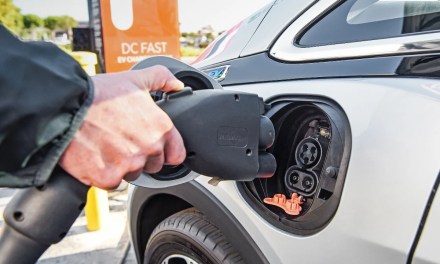Fossil fuels (oil, coal and natural gas) remain the dominant source, accounting for 77% of global energy over the last two decades. In 2021, oil had the largest share of the world’s energy mix (29%), followed by coal (25%) and gas (23%). As fossil fuel use has increased in absolute terms, so have carbon emissions and Earth’s temperature.

Hitting global net zero emissions of CO2 by 2050 requires shifting away from burning fossil fuels and moving towards lower-carbon alternatives, such as renewable energy. Achieving net zero does not require only a radical change in the energy mix but also better energy efficiency and behavioural changes. That is, we need to focus on both the energy production and energy usage.
Sankey diagrams are great tools to analyse the energy flows from production to consumption. A sankey diagram is a visualization used to depict the energy flow from the sources of energy to the usage or application of energy, where the width the arrow signifies the quantity or rate of energy flow.
The following two energy flow diagrams are sourced from the International Energy Agency’s (IEA) flagship report “Energy Technology Perspectives 2023” published in January 2023. They show the energy flows for 2021 and 2050 respectively. In the IEA’s net zero emissions (NZE) scenario, “behavioural changes, improvements in energy efficiency, and switching to renewables enable a fall in total primary energy supply by 10% between 2021 and 2030, despite the global economy growing by nearly a third. … Between 2030 and 2050, global demand falls more slowly, by just 15% in total, as the scope for further energy conservation efforts and efficiency improvements diminishes, and growing population and economic activity continue to drive up underlying demand for energy services.”


Looking from the energy sources side, renewables see the biggest increase in supply to 2050, complemented by significant increases in nuclear, replacing most of the fossil fuels. To achieve NZE target by 2050, solar must jump 23-fold and wind 13-fold to supply 40% of total primary energy, and nuclear power must double to 12% of global energy. Overall, renewables and nuclear would switch their share in the energy mix with fossil fuels from around 20:80 in 2021 to 80:20 in 2050. This big reversal will mean renewable energy would make up more than 90% of power generation.
In the energy supply chain, power and heat are intermediate forms of energy. Electricity would become the largest energy vector, with its demand more than doubling from 2021 to 2050 meeting more than 50% of total final consumption by 2050. There are a few undercurrents in this transition which are worth noting – such as hydrogen fueling heavy industry and long-distance transport with a 10% share and the increasing share of bioenergy reaching around 15% in 2050, as well as direct air capture (DAC) for around 5%. On the final energy consumption side, transport, industry and buildings remain the main consumption sectors, and each of them would require significant energy efficiency improvements.
This transformation of the global energy system is required for a rapid decline in energy and industry related CO2 emissions by about 30% by 2030 and by 95% by 2050 relative to 2021. However, the countries’ pledges under the 2015 Paris Agreement fall short of meeting the net zero requirements.






